

Giving Back to the Earth by Composting and Enriching the Soil
Composting is nature’s way of recycling. The Earth provides for us and in turn, we must replenish with what is needed to recreate the gifts originally given! Since we take from the Earth, we must give back or her cup will run empty of the natural resources necessary to sustain the vegetation around us, both as food and as ornamental visual pleasure.
As with life, we must refill our cup to rejuvenate and energize to move forward. The same goes for nature. We take and take and take, but if we don’t give back, she cannot continue to provide us with the quality so vital to our existence.
Two Types of Composting
Cold Composting - Almost Labor Free but a Long Wait
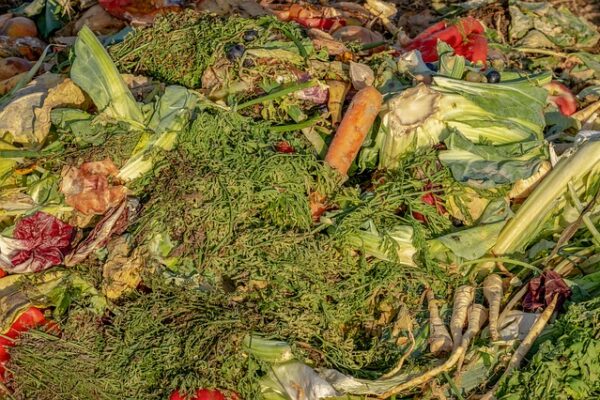
There are two types of composting, cold and hot. Cold composting is simply throwing all your kitchen scraps, yard clippings, and other materials suitable for composting into a pile in some out-of-the-way place in your backyard and allowing it to process for a year or more. Over a long period, it will eventually decompose.
Due to the length of time it takes using the cold composting method, most prefer to go with “hot” composting. For this reason, my focus will be on hot composting. But first let’s talk about containers that are convenient for composting and making the job much easier.
Hot Composting - The Faster Choice
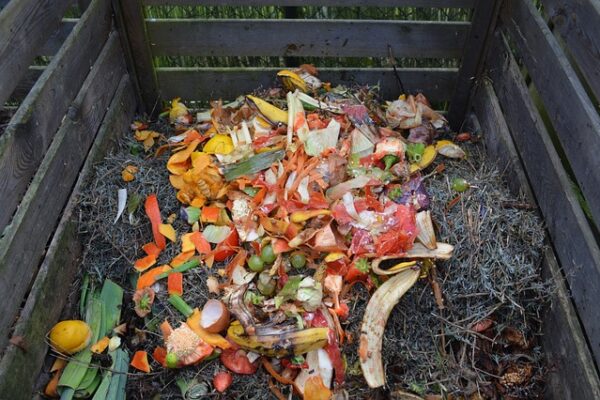
Let’s begin by setting up for success. There are several ways to set up for composting. You can build your own bin using untreated wood (of course) such as in this photo. Then you can manually moisten the pile and turn it with a shovel or pitchfork often to keep oxygen in the pile necessary for decomposing.
With this method, sometimes unwanted visitors such as rodents and pests that may be attracted to your unfinished nutrient-rich compost. This type of composting also requires bending and using your back when turning. This way definitely works. I have used this process many times. However, there is an easier way.
Purchasing a Manufactured Compost Bin
The advantages of the right manufactured bin include –
- The ease of turning the compost
- The time saved by simply using handles to turn the compost introducing oxygen more evenly distributed into the organic matter
- Less labor
- More control
- Faster results
- Virtually no odor (sometimes there’s a “soil” smell to the contents)
- Pest and rodent resistant
I know I’m more likely to stay on top of the aeration process (introducing oxygen into the compost matter) if I simply have to turn a handle a few times rather than using a garden fork to manually turn the entire compost pile once or twice a week. Since most of us are busy and time is precious, let’s keep it simple.
My Journey to Find My "Perfect" Compost Bin!
The compost bin is where all the action takes place! There are many styles and sizes on the market made of many different materials, and I have performed extensive research to find, in my opinion, the “perfect” composter. I was looking for one constructed of stainless steel for durability and made of materials that would not introduce toxic chemicals into my compost.
I don’t like using plastic bins because of possibly having chemicals emitted from plastic when it’s heated. Composting relies on heat! I am fully aware we can’t eliminate every possible toxin, but I like to minimize exposure as much as I possibly can.
With this in mind, my research continued until I found the Jora Compost Tumbler! I spoke directly to the company and found that the Jora Composter has an HDPE (polyethylene) lining inside the chambers. According to the company, this lining has been tested up to 200 degrees F. and no BPAs were present.
In the composting process, this composter heats up to approximately 160 degrees F. It is constructed of dual chambers for continuous compost, materials for longevity and durability, ease of use, and continues to compost longer into the cold weather than other composters. It also provides fast results. Please check out my Jora Compost Tumber Review for all the exciting details
If after reading this review you still want to purchase a plastic compost bin, please ask the manufacturer or distributing company for testing results performed on the construction materials, inside and out, to validate no toxic chemicals are being emitted into the compost, then to your garden soil, then, if systemic, possibly to your food and your table.
It is my goal to provide the most accurate information on any product I support in an effort to improve our diets, our health, our Earth and ultimately our happiness.
The Following Items Will Work Well in Your Compost Bin
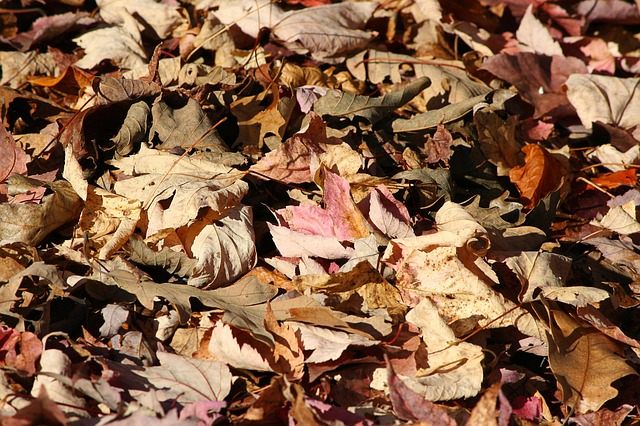
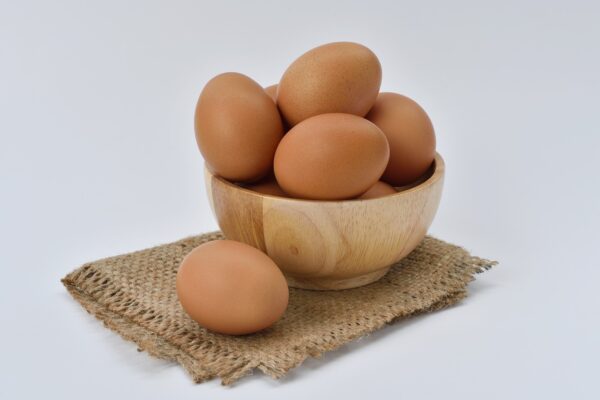

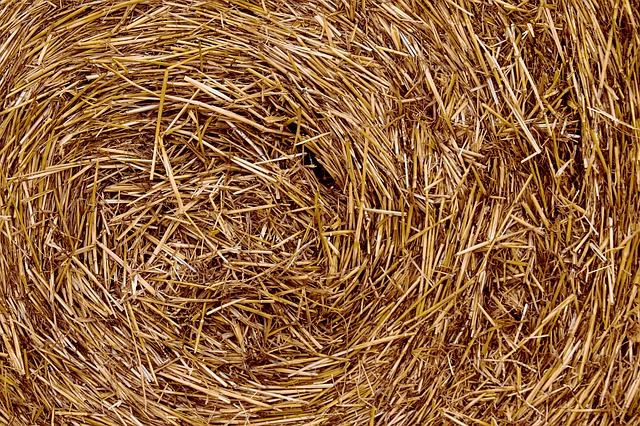
Greens - Wet Materials - Nitrogen
- Vegetables/vegetable peels*
- Fruit/fruit peels*
- Eggs and eggshells*
- Onions and citrus peels – use only occasionally – these are believed to harm worms and microorganism if used often. I just avoid them completely then I don’t have any concerns about it.*
- Coffee grounds – no coffee bags*
- Herb tea – tea bags not made of synthetic fiber*
- Grass and plant clippings
- Weeds that have not gone to seed. Supposedly weed seeds cannot germinate after undergoing the heat of compost decomposition, but to stay of the safe side, I don’t add weeds that are producing seeds to my compost.
* Drain liquid out of your kitchen waste to prevent adding too much water to the compost and getting it too wet.
Browns - Dry Materials - Carbon
- Leaves
- Finely chopped wood and bark chips from untreated wood (but not hardwoods)
- Shredded newspaper
- Straw
- Sawdust from untreated wood
- Dead flowers and dead weeds (before going to seed)
- Paper towels
- Paper bags – shredded
- Soy-ink newspaper – shredded
- Manure of herbivores-rabbits, cows, horses, chickens.
For faster composting, cut up vegetable scraps into small pieces, shred all paper and do not deposit large amounts of scraps into the bin all at once. It works best and fastest to add to the compost bin every day or two. Then turn the new material into the existing material.
The Following Items Should Not be Added to Your Compost Bin

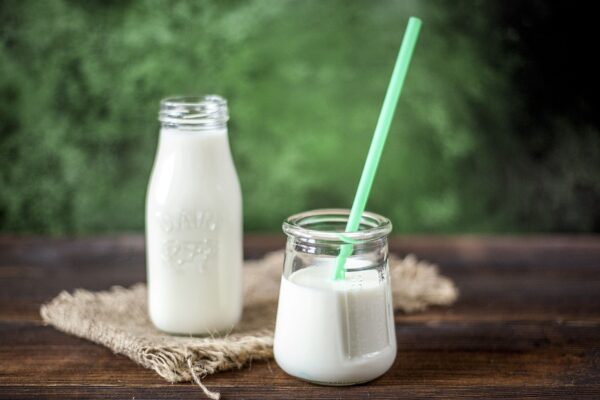


- Bones*
- Any meat*
- Dairy products
- Fish -Why not fish? The Indians taught the pilgrims to grow corn using a fish buried in the earth according to history. Fish (as well as meat) stinks when it starts decomposing. This won’t be buried in the earth. It will be exposed to the open air and create an aroma you most likely won’t enjoy. It can also lure other animals to your compost bin.*
- Fish bones*
- Plastic or rubber
- Synthetic fibers – some tea bags and coffee bags contain synthetic fibers.
- Breads, pasta, nuts and cooked food* – these don’t break down easily, can become slimy and hold up the decomposition process.
- Glossy paper or magazines
- Hardwood even if it’s shredded
- Oil, grease or fat
- Diseased plant material
- Weeds that have gone go to seed – most likely these are fine, but there’s no 100 percent guarantee all seeds will die from the heat that occurs from decomposition.
- Coal
- Charcoal briquettes- they are treated with chemicals
- Any synthetic fertilizers
- Cat litter
- Manure of any animal that eats meat – this can contaminate compost and plants with food-borne illnesses.
- Cigarettes in any form.
* The above starred items can be added to a Jora Compost Tumbler. Because of the complete enclosure of the chambers, rodents and pests cannot enter the compost area and attracting odors are not emitted.
Do note, however, meat will compost off the bones, but the bones will not compost. They will be left in the finish compost. Fish and fish bones will completely compost.
Use common sense and do the research if in doubt. If still in doubt, just leave it out. The goal is to keep our compost chemical and toxin free providing the nutrients that have been transformed by the microbes into a state of easy and ready absorption for the plants.
Let's Get Started!

To speed up the process, the addition of an organic compost starter can make a significant difference. It adds nitrogen and microorganisms that are ready to do their job (necessary for decomposition) to your compost pile and is very easy to use. This is not necessary, but it will help produce compost faster.
Now let’s learn how to start and complete the composting process.
The Process...If Using a Home, on the Ground Constructed Bin
- Place a layer of brown matter on the bottom of the pile.
- Next place a layer of green matter, and then you can add another layer of brown matter at this point. Just keep alternating green with brown as you have the material available, and continue to layer as you move upward toward the top of the bin.
- Each time the layers are added, sprinkle a small amount of water over the last layer applied. Now be careful with this. If you think more is better, that doesn’t work here.The moisture should be similar to a squeezed out sponge – moist, not wet.
- Too much water will cause the compost pile to rot, stink and become slimy. Too much water will also drown the microorganisms – the little creatures that cause the decomposition to occur.
- Turn the entire compost pile with a garden fork (unless you have purchased a bin and can simply turn the handle) once or twice a week to introduce oxygen evenly into the pile. Start turning the pile as soon as you have a couple layers. Microorganisms are oxygen breathers (called aerobic microorganisms) and without oxygen, they can’t do their work. They will die! Without oxygen, different microorganisms enter the compost pile, ones you definitely don’t want. These are called anaerobic microorganisms. These can cause the compost pile to rot, stink and become slimy.
- Monitor the pile and make sure it’s warm in the middle. You can do this with a compost thermometer. The temperature should be around 130 to 150 degrees.
- Turning the pile also helps keep the materials from matting inside the pile.
- When you don’t feel any heat in the pile, it becomes dry, brown and crumbly, it’s ready! Do not use until the heat is completely gone. It can burn the plants, especially tender plants just starting in the garden.
The Process...If Using a Jora Compost Tumbler
The process becomes much easier.
- Add from the “Greens” list – kitchen waste -drained of access liquid.
- Add from the “Browns” list or dry materials.
- If the mixture appears a little too wet, add more browns such as wood pellets or sawdust from untreated wood.
- If the mixture appears too dry, add more greens or a little water. Don’t overdo this. Most problems come from the mixture being too wet.
- Rotate each time you add to the mix.
- Each time you add more materials, check for wetness, dryness or odors.
For more information on how this magical tool works, check out the Jora Composter Website.
Harvesting the Finished Compost
- Sift through with a course mesh screen or with your hands to remove large chunks that haven’t broken down in the composting process (such as bones if you choose to add them). I prefer using the screen. It’s just more thorough and gives a cleaner product.
- If the compost is not completely broken down, once introduced into the soil it will continue to decompose robbing the soil of nitrogen (a major component to the process).
- Since nitrogen is the most likely nutrient to show up deficient in the soil, we want to minimize anything other than our healthy plants taking that nitrogen.
Simply Stated

Composting Can Provide the Way to Delicious, Nutritious Food for Your Table as well as...

Providing the Pleasure of Filling Our Senses With Fragrance, Color, Lines, Textures and the Art of Nature for all to Enjoy!
- Give back to Mother Earth by recycling what you don’t use in the kitchen (only the items on the “Okay to Add” list above) and maintaining your property.
- Composting is a great, efficient and enriching way to show our gratitude for the Earth’s abundant gifts.
- Become partners with Mother Nature. Her gifts to us far outweigh our gifts to her, but to keep her gifts coming, we must do our part.
- Follow the outlined method above to create your own paradisaical garden through enriching your soil and providing all your plants need to perform at their peak.
Please leave any comments or share your knowledge with us below. I’d love to hear from you.
Engaging with the Earth by giving back!

Linda Rose
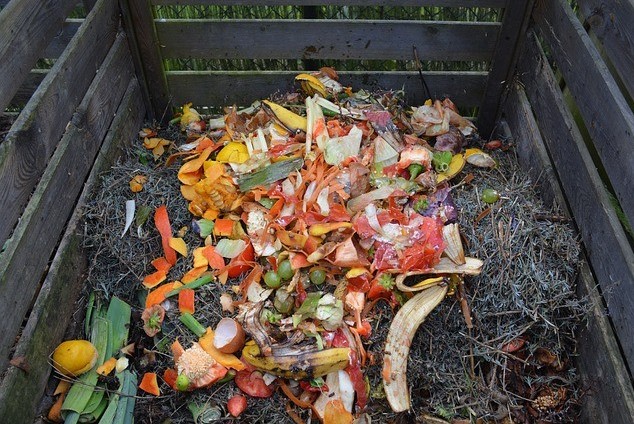
I love the way you used images to enhance the article. It’s clear and gave me info about a subject I thought I knew about! I never knew about hot and cold composting methods, for example.
This kind of thing is incredibly important for the future, recycling all out organic waste makes good sense in every respect. You mentioned a bin with a handle – where can you get hold of those?
I will be creating new posts in the very near future that will include reviews on what I believe to be the best choice of compost bins. I like to keep it simple and eliminate possible chemical toxicity that can occur when some materials used to construct these bins may contain chemicals that are released into the compost from the heating process. Check back for my new posts. I’m glad my article provided new information for you.
Hi Linda,
Thanks for sharing a good article to read to learn more about how to do a natural composting the right way.
I must say we were doing it the wrong way at home, we use to put everything in the composting bin outside.
Meat, fish, bread and sometimes even pasta, as a result of it, we know we have a not nice little friend living in our back yard who love to eat from the compost: a skunk, and a racoon.
I will show your article to my husband.
What should we do with the meat and fish and other products that should not be added to the compost?
Thanks in advance for your help!.
Hi Alejandra,
I’m so glad my article was helpful! As far as the products that are not good additives to your compost pile, it’s best to dispose of them through normal refuse removal since they tend to invite unwanted creatures to your garden and interfere with the decomposition process of your compost. I believe it’s best to keep the composting process as easy, quick and clean as possible to promote a thriving garden.
To your gardening success!
I have heard of hot composting before. It is a much quicker way to compost dead things. It is way more efficient than waiting for a cold compost to finish in a year.
One thing I feel sad about is that composting with diapers can not be used to grow crops. I do not know why, but it can be used to grow other things like flowers, and trees.
I thought that broken down eco-friendly diapers like bambo nature for example can be used to grow some tomatoes for next year.
Nevertheless, getting a metal bin with a handle seems to make composting a lot easier. If I have to use a fork to flip it every week, I would give up by the end of the month. I thought of getting a plastic bin, but like you said, introducing chemicals to my soil doesn’t sound very right.
My friend has a farm but he never uses onions and orange peels for his soil. Now I know why. It seems to attract certain bacteria and flies. That is pretty scary. By the way, can you use the hot compost then compost it with special earth worms later (after it is cold of course). It sounds like the soil with get more nutrients. What do you think?
Thank you for your thoughts on composting! Regarding the diapers, since humans are often times meat eaters, the feces of humans possibly could have bacteria that can cause disease, so it’s thought best not use it.
As for having earthworms compost the compost, they can compost the ingredients you would place in your compost bin. Not all worms can do this. These are specific worms (such as the Red Wigglers) that preform this amazing function. Checkout vermiculture or vermicompost if you have an interest in this. It’s great stuff for your garden!
Thanks for your comments and happy gardening!